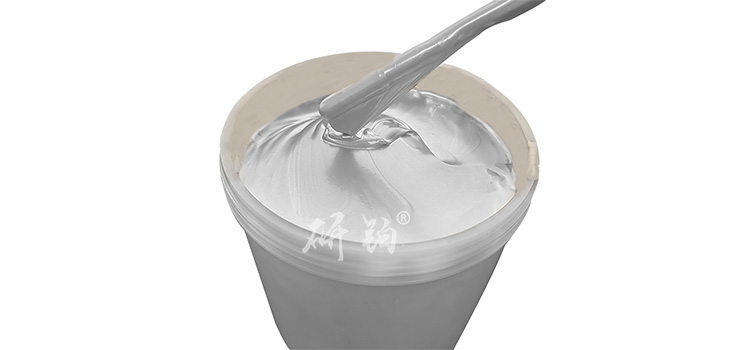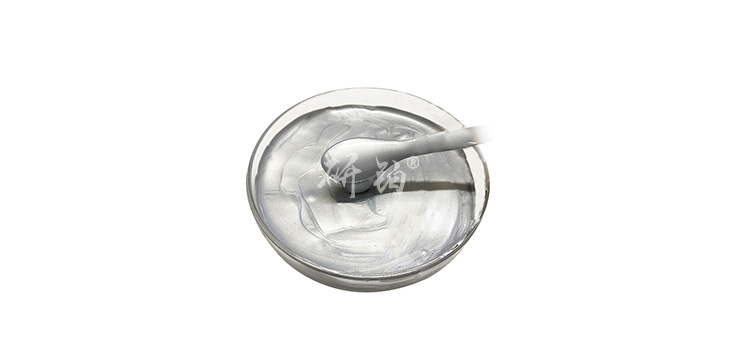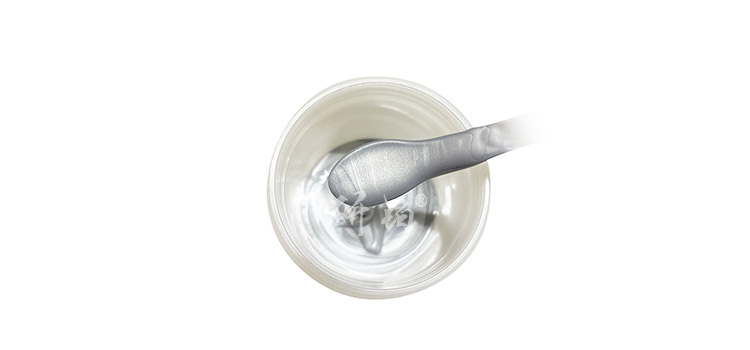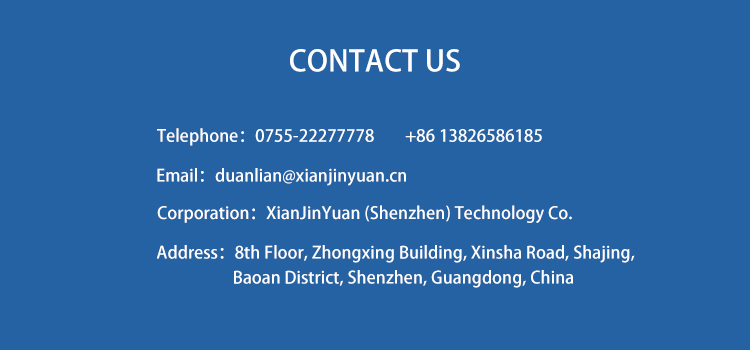1、 Introduction
Nano conductive silver paste, as an important electronic material, has a wide range of applications in electronic packaging, flexible electronics, solar cells, and many other fields. The quality of its conductivity directly affects the performance and reliability of electronic products. Advanced Institute (Shenzhen) Technology Co., Ltd
Research Platinum Brand YB8602 Nano Conductive Silver PasteIt has a certain representativeness in the market, but in practical applications, there may be a problem of decreased conductivity. The following will conduct a detailed analysis of the possible influencing factors.
2、 Characteristic factors of silver powder
- Particle size distribution of silver powder
- If the silver powder particle size distribution in the YB8602 nano conductive silver paste of Yanbo brand is uneven, it will lead to a decrease in the dispersion of silver powder in the paste. Larger silver powder particles may agglomerate, thereby reducing the number of effective conductive pathways. When silver powder aggregates, the conduction of electrons between particles is hindered, resulting in a decrease in overall conductivity. For example, in the preparation process, if the stirring process is not reasonable and different particle sizes of silver powder are not evenly mixed, this situation is prone to occur.
- Purity of silver powder
- The impurity content in silver powder can have a significant impact on its conductivity. If silver powder contains a large amount of impurities, such as metal oxides, other metal impurities, etc., these impurities will hinder the transfer of electrons. For YB8602 nano conductive silver paste, even trace impurities may form an insulating layer between silver powder particles, increasing the resistance of electron transfer and thereby reducing the conductivity. Impurities may originate from the production process of silver powder, such as impurities in raw materials or residual impurities in production equipment mixed into silver powder.

3、 Resin system factors
- resin content
- Resin inNano conductive silver pasteIt plays a role in bonding silver powder particles and providing film-forming properties, but if the resin content is too high, it will cause an increase in the spacing between silver powders. In YB8602 nano conductive silver paste, excessive resin will fill the conductive network formed by silver powder, causing the electronic conduction path to become longer, the resistance to increase, and the conductivity to decrease. This may be due to inaccurate control of the ratio of resin and silver powder during formula design, or deviations in the amount of resin added during production.
- Resin type
- Different types of resins have different chemical structures and physical properties. If the compatibility between the selected resin and silver powder is poor, it will affect the dispersion state of silver powder in the resin. For example, the polarity of certain resins does not match the silver powder, which may cause the silver powder to aggregate and fail to form a good conductive path, thereby reducing the conductivity of YB8602 nano conductive silver paste. Moreover, the curing shrinkage rate, glass transition temperature, and other properties of the resin can indirectly affect its conductivity. If the curing shrinkage rate is too large, it may deteriorate the contact between silver powders, leading to a decrease in conductivity.
4、 Additive factors
- dispersant
- The function of dispersants is to improve the dispersibility of silver powder in the slurry, but if the type or dosage of dispersants is not selected properly, it will have the opposite effect. For YB8602 nano conductive silver paste, inappropriate dispersants may not effectively prevent silver powder agglomeration, or may form a thick adsorption layer on the surface of silver powder, hindering electron conduction and reducing conductivity. For example, when the dosage of dispersant is too high, excess dispersant molecules may form an insulating barrier between silver powder particles, affecting electron transport.

- antioxidant
- Although antioxidants can prevent silver powder from oxidizing during storage and use, some antioxidants may react chemically with silver powder to form non-conductive compounds. In YB8602 nano conductive silver paste, if the activity of antioxidants is too high or their chemical structure is unstable, reactions may occur on the surface of silver powder, generating substances that hinder electron transfer and leading to a decrease in conductivity.
5、 Curing process factors
- cure temperature
- Curing temperatureResearch Platinum Brand YB8602 Nano Conductive Silver PasteThe conductivity has a significant impact. If the curing temperature is too low, the resin may not fully cure, the bonding force between silver powder particles may be insufficient, the conductive network may not be stable enough, and the electronic conductivity may be poor. If the curing temperature is too high, it may cause oxidation of silver powder or thermal degradation of resin, which can also damage the conductive path and reduce the conductivity. For example, in actual production, if the temperature control of the curing equipment is not accurate and temperature fluctuations occur, it is easy to lead to unsatisfactory curing effect, which in turn affects the conductivity performance.
- Curing Time
- If the curing time is too short, the resin cannot fully crosslink to form a dense structure, and the silver powder particles cannot be effectively fixed in the conductive network, which can lead to unstable conductivity. On the contrary, if the curing time is too long, it may cause excessive curing of the silver paste, generating internal stress, resulting in poor contact between silver powder particles, increased resistance, and decreased conductivity. For YB8602 nano conductive silver paste, it is necessary to accurately control the curing time based on its formula and material characteristics to ensure optimal conductivity.

6、 Environmental factors for use
- humidity
- In high humidity environments, moisture may penetrate intoNano conductive silver pasteIn the middle, it reacts with silver powder to form substances such as silver hydroxide, which can affect the conductivity of silver powder and may further decompose into silver oxide, forming an insulating layer on the surface of silver powder and seriously reducing the conductivity of YB8602 nano conductive silver paste. For example, in some humid southern regions, if electronic products do not have good moisture-proof measures, electronic components using this conductive silver paste are easily affected by humidity, resulting in a decrease in conductivity.
- Temperature cycling
- When the environment of nano conductive silver paste undergoes repeated temperature changes, thermal stress will be generated during temperature cycling due to the different thermal expansion coefficients of silver powder and resin. This thermal stress may cause the connection between silver powder particles to break or the adhesion between silver paste and substrate to decrease, thereby damaging the conductive path and gradually reducing the conductivity of YB8602 nano conductive silver paste. For example, in some outdoor electronic devices, they are often affected by temperature cycles caused by day night temperature differences and seasonal changes, which can easily lead to deterioration of conductivity.
7、 Conclusion
In summary, the conductivity of nano conductive silver paste is influenced by various factors, and the YB8602 nano conductive silver paste from Advanced Institute (Shenzhen) Technology Co., Ltd. is no exception. From the characteristics of silver powder, resin system, additives, curing process to usage environment, any problem in any link may lead to a decrease in conductivity. Therefore, in the production, storage, and use process, it is necessary to strictly control various factors, optimize process parameters, select suitable materials and formulas to ensure the stable and reliable conductivity of nano conductive silver paste, thereby meeting the requirements of different fields for the conductivity of electronic materials and promoting the performance improvement and technological development of related electronic products.
The above data is for reference only, and specific performance may vary due to production processes and product specifications.




